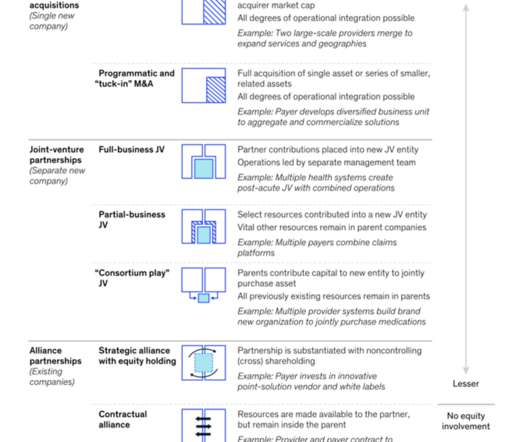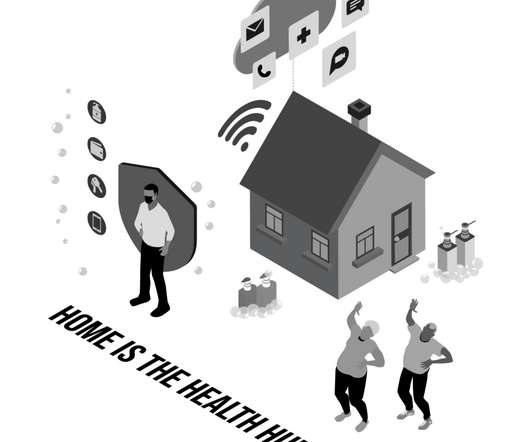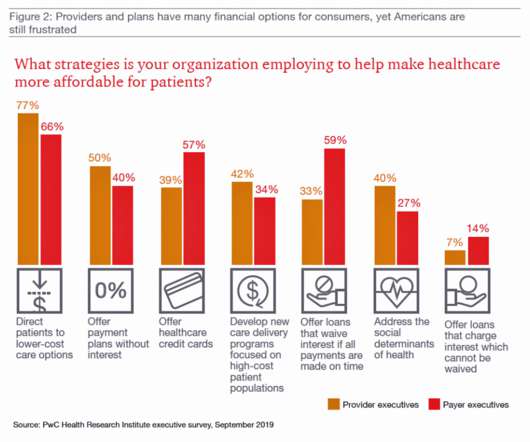Partnering Up in the Health Care Ecosystem to Drive Transformation – for Organizations and Health Consumers Alike
Health Populi
AUGUST 22, 2022
And that data will be generated from many sources, frequently siloed and decentralized which can prevent aggregation, mash-up, and analysis. In particular, the volume of health data from wearables, implantables, and other decentralized technologies is growing by 48% annually, according to a recent report from the Swiss Re Institute.














Let's personalize your content